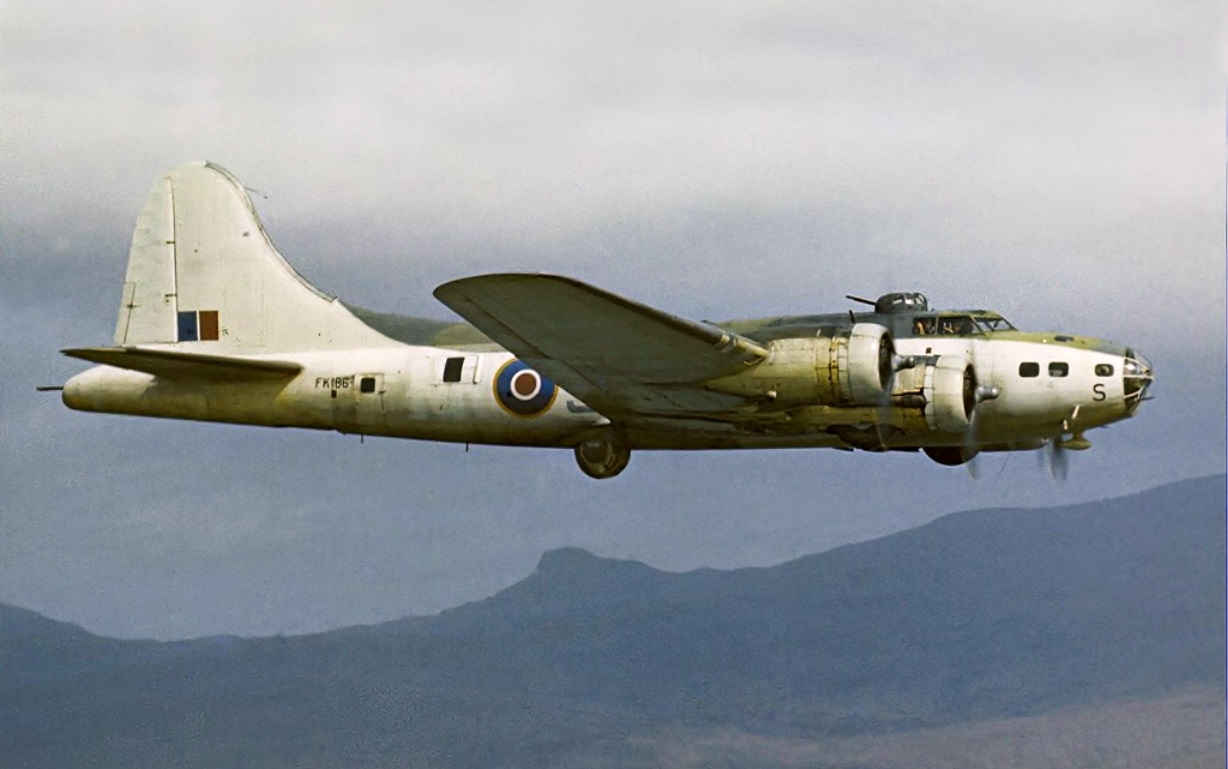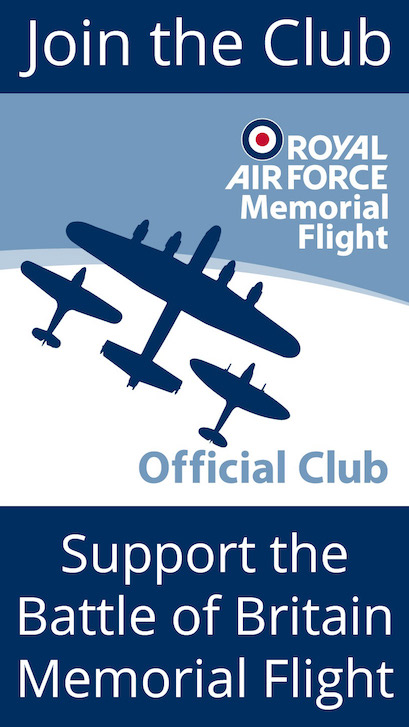RAF Coastal Command versus the U-boats – February 1943
Header Image: RAF Coastal Command Boeing B-17 Fortress IIA FK186 of 220 Sqn sets out for the North Atlantic from its base in the Outer Hebrides in 1943. 220 Sqn Fortresses sunk two German U-boats and damaged a third in February 1943.
Eighty years ago this month, the costly and bloody Battle of the Atlantic, the prolonged struggle to keep Britain supplied by sea to survive and fight, was reaching a climax and the tide was beginning to turn in the Allies favour. The total number of German Kriegsmarine U-boats lost in February 1943 was 19, more than any preceding month of the war; seven of those were sunk by aircraft of RAF Coastal Command, the most in any month so far. For the U-boat crews it was becoming an exceptionally dangerous occupation and worse was to come in the months ahead. Ultimately, by the end of the Second World War, 739 U-boats had been lost with the deaths of over 30,000 German crewmen, some 70 percent of the total, making it the most dangerous military arm of the war on all sides, with an even higher loss rate than that suffered by RAF Bomber Command. The Allied victory in the Battle of the Atlantic came at great cost, with some 3,500 merchant ships and 175 warships sunk, the vast majority by the U-boats. British Prime Minister Winston Churchill later wrote, “The only thing that really frightened me during the war was the U-boat peril.”
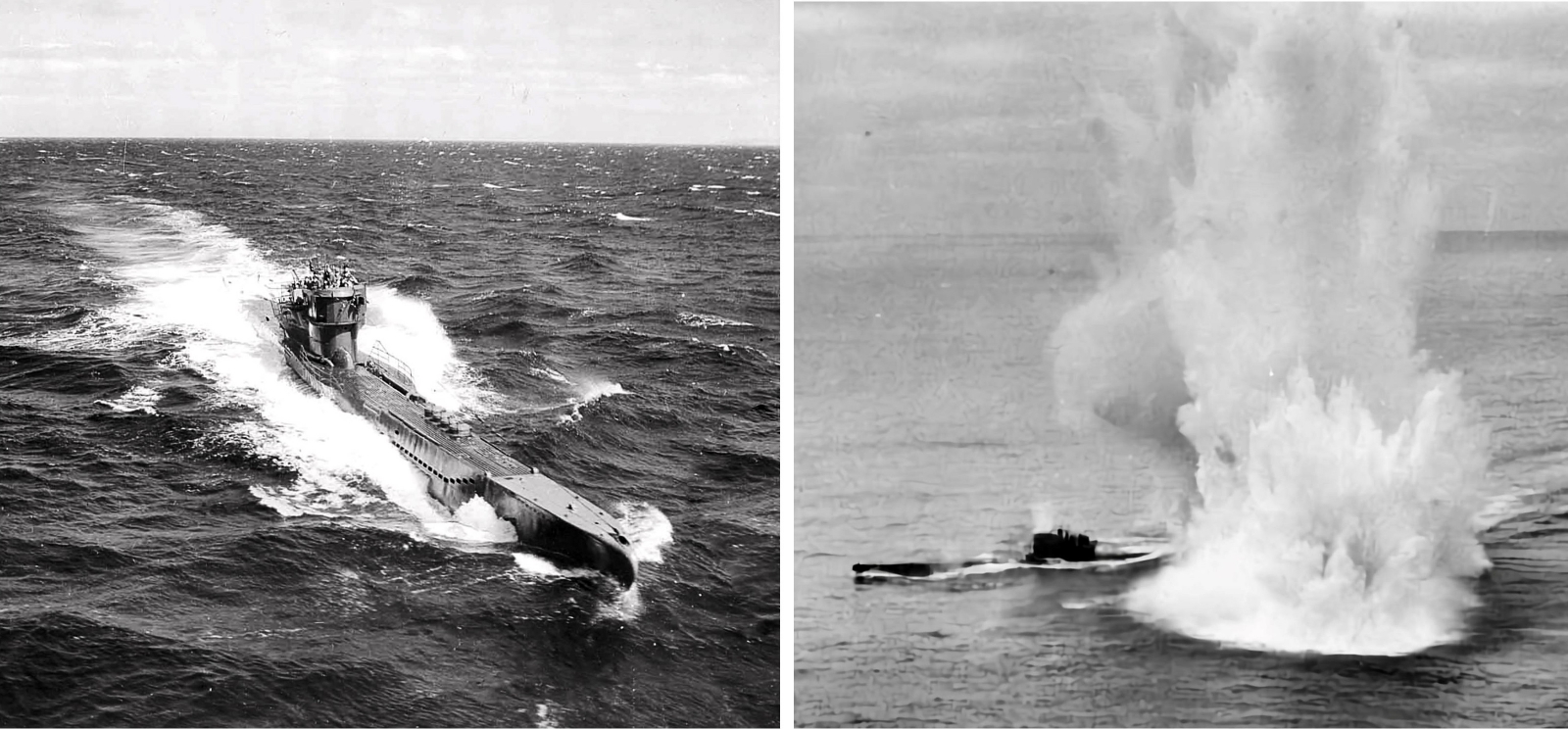
Not surprisingly, the BBMF publications and newsletters tend to focus on wartime history relating to the types of aircraft flown by the Flight, but that does mean that RAF Coastal Command can be somewhat forgotten. However, the Command’s deeds in contributing to the sinking of U-boats and the eventual winning of the Battle of the Atlantic should not be overlooked.
The first success of the month for the RAF came on 3rd February 1943 with a 220 Squadron Boeing B-17 Fortress, which was supporting convoy HX 224 over the North Atlantic, some 500 miles north-west of Ireland. Operating from Ballykelly in Northern Ireland, Pilot Officer Ramsden’s crew in Fortress Mk IIA FL456 ‘N’ sighted a surfaced U-boat, U-265, through a gap in the clouds, four miles from the convoy. Positioning the aircraft with the sun behind it, Ramsden dived and caught the U-boat crew unaware, dropping seven depth charges from 50 feet, shattering the submarine which sank instantly, leaving just a patch of spreading oil and taking the crew of 46 to their deaths. It was this U-boat’s first patrol and she had yet to launch a successful attack.
Four days later, on 7th February, 220 Squadron Fortress Mk IIA FL459 ‘J’, flown by Pilot Officer G Robertson, was covering convoy SC 118 over the North Atlantic about 580 west of Northern Ireland, when its crew managed to surprise U-boat U-624 on the surface while it was transmitting a lengthy report of the previous night’s action around the convoy. Bursting out of cloud less than a mile from the U-boat, the Fortress dropped seven depth charges; two effectively straddled the U-boat and the submarine went down with the loss of all 45 hands. (Fortress FL459 eventually became the most successful of its type, sinking a further three U-boats.) The battle around convoy SC 118 continued and two days later another 220 Squadron Fortress, flown by Squadron Leader Patrick and his crew, attacked U-boat U-614, the depth charges lifting the U-boat bodily out of the water and forcing the damaged submarine to limp back to port in France.
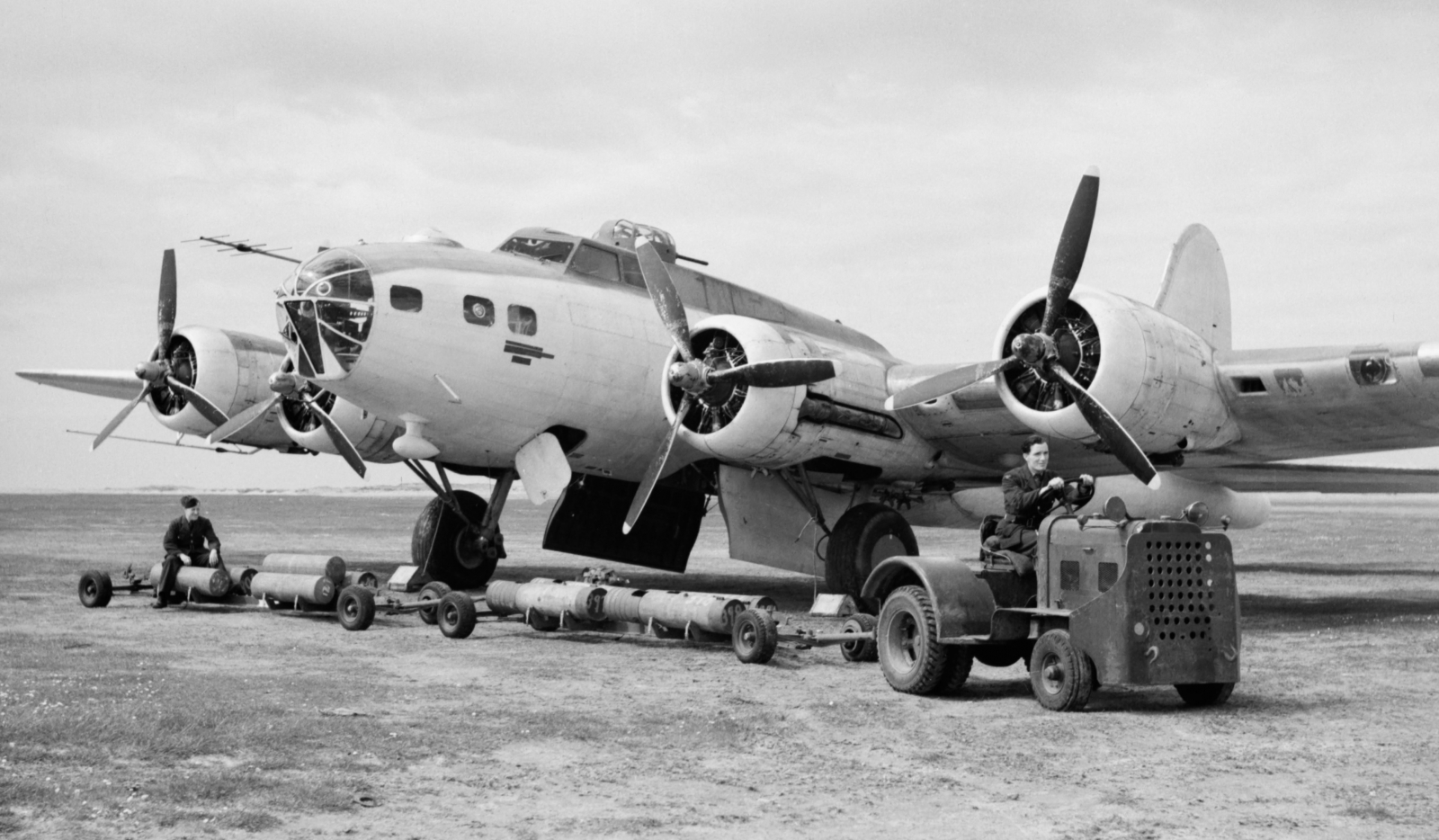
There were two further successes for RAF aircraft in mid-February 1943. On 12th February Flying Officer GR Mayhew and his crew, in 48 Squadron Lockheed Hudson ’OY-F’, sighted U-442 on the surface, west of Cape St Vincent on the southern tip of Portugal, and attacked from astern. Three depth charges were dropped and the U-boat was sunk with all 48 hands on board lost. The next day Consolidated PBY Catalina Mk 1 flying boat Z2147 ‘J’ of 202 Squadron, flown by Canadian pilot Flight Lieutenant HR Sheardown RCAF and operating from Gibraltar, sank U-620 in the Atlantic about 100 miles west of Lisbon, Portugal, while providing a convoy escort. (Whilst serving with 202 Squadron, Catalina Z2147 was eventually credited with sinking nine U-boats.)
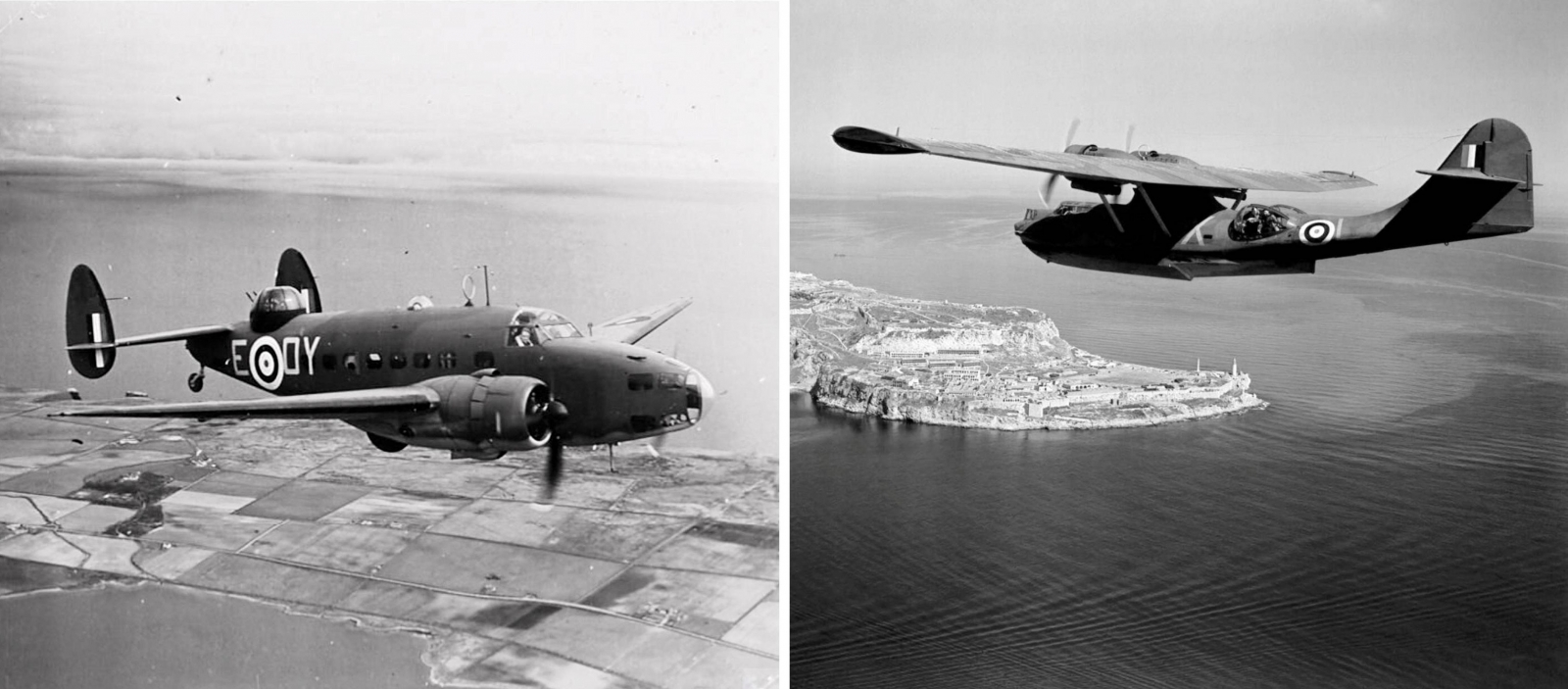
Two days later, on 15th February, a long-range Consolidated B-24 Liberator III of 120 Squadron, operating from Reykjavik in Iceland, attacked a U-boat south of Greenland. The U-boat was believed sunk but in fact escaped, although some sources credit the sinking of U-529 to this attack. The long-range Liberators, with extra fuel tanks and reduced armour and armament, proved effective at locating and attacking U-boats far out in the North Atlantic, forcing them to dive and to lose contact with convoys even if they were not actually sunk. On 21st February a 120 Squadron Liberator with the code letter ‘T’ successfully attacked and sank U-623 in the North Atlantic, whilst covering convoy ON 166. The U-boat was on the surface hurrying to join the German ‘wolfpack’ attack on the convoy when it was attacked and sunk by the depth charges dropped by the Liberator, at a point almost in the centre of the North Atlantic between Ireland and Nova Scotia. All 46 hands on board were lost.
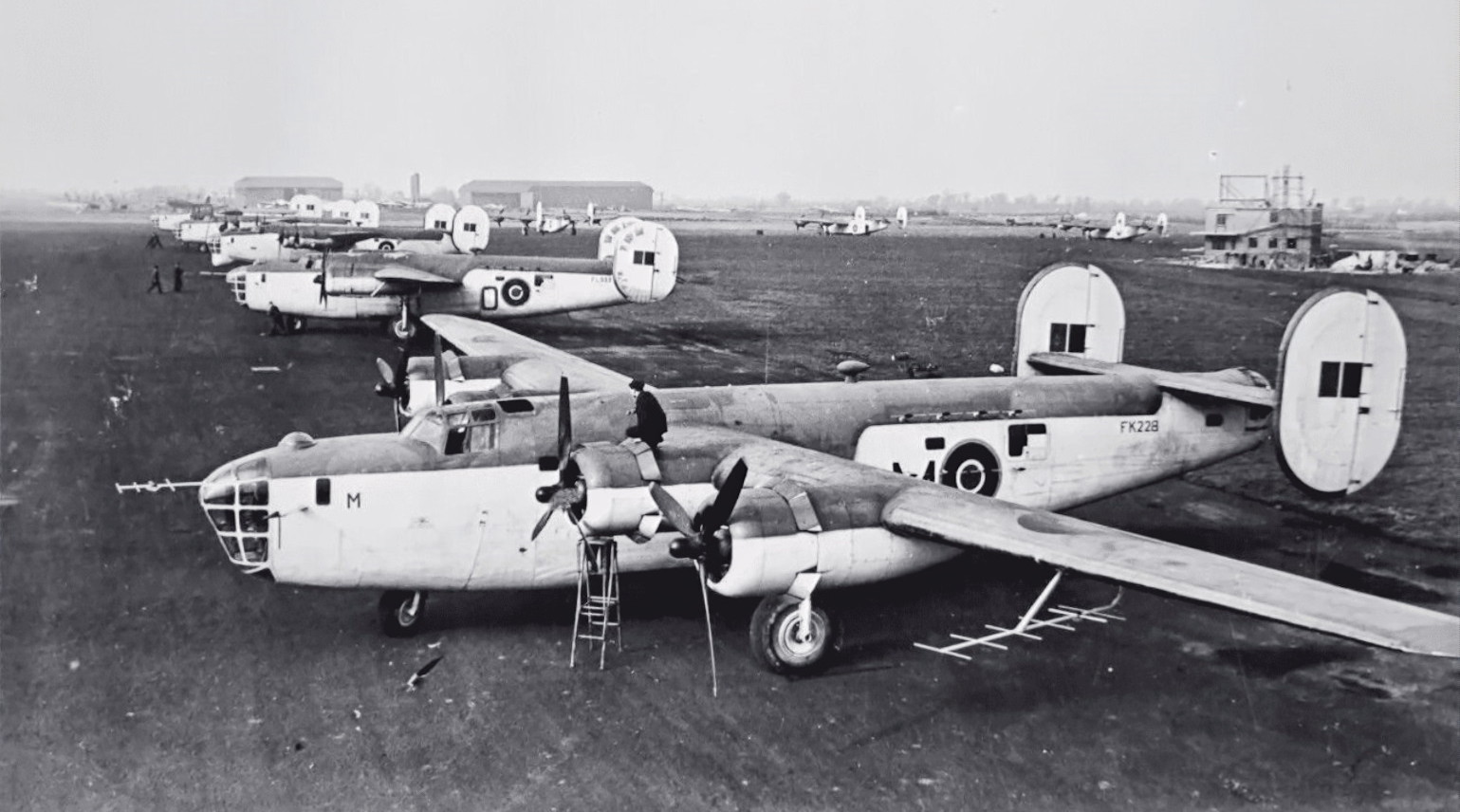
Meanwhile, on 19th February, two further U-boats were sunk by RAF Vickers Wellingtons. U-268 was sunk by a Wellington of 172 Squadron in the Bay of Biscay, west of Saint Nazaire, with the loss of all 44 of her crew. U-562 was sunk northeast of Benghazi by a Wellington of 38 Squadron in conjunction with two British destroyers.
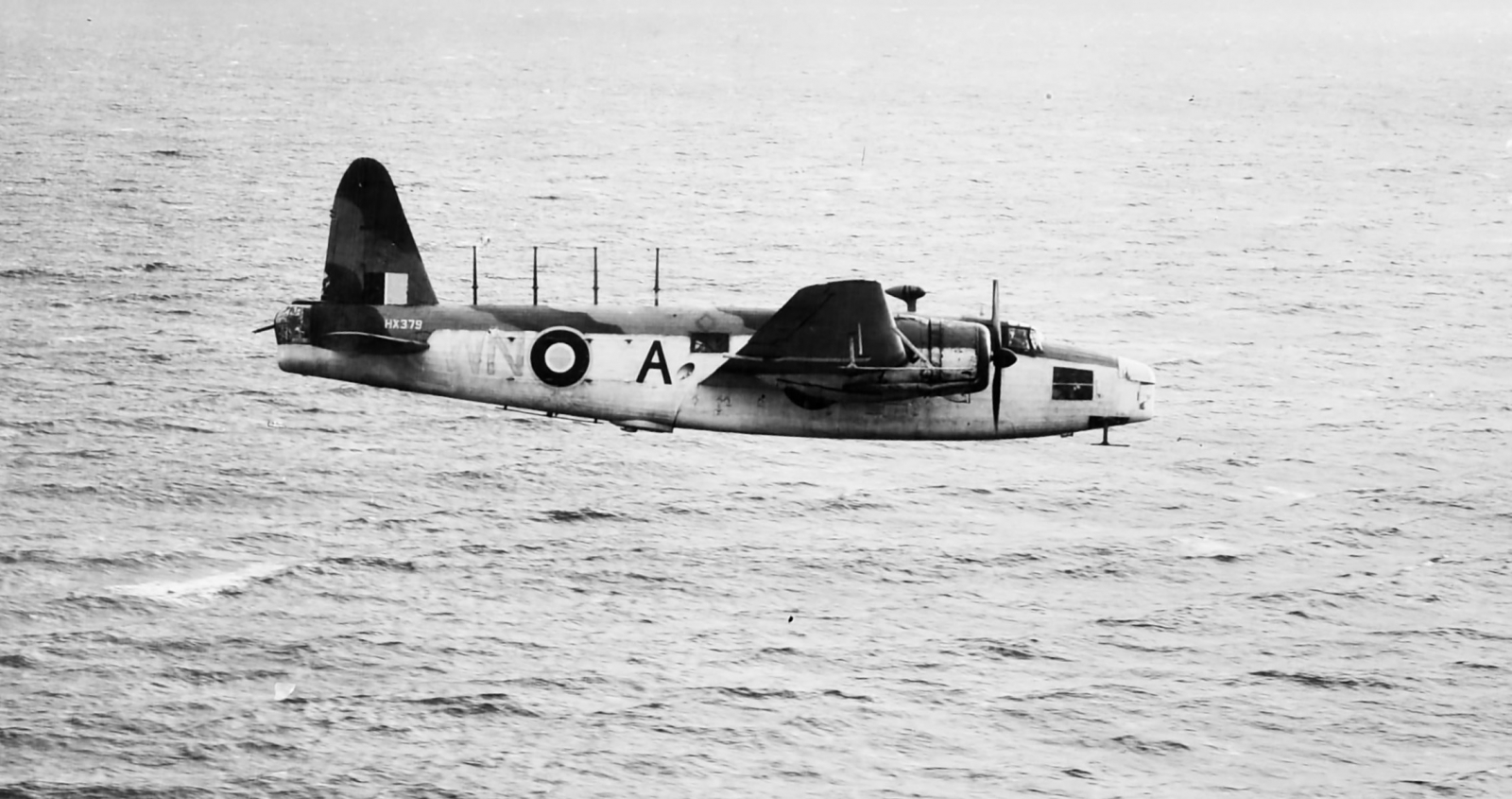
The RAF Coastal Command crews operated on extremely long sorties over very inhospitable oceans and often in appalling weather. By February 1943 their success rate in locating and attacking the U-boats was improving and their contribution was increasing. In total RAF Coastal Command sank 212 German U-boats during the Second World War, but lost 741 aircraft on these operations.
LEST WE FORGET

